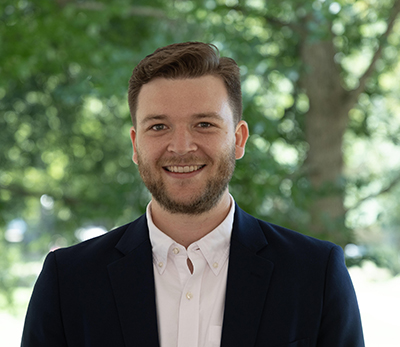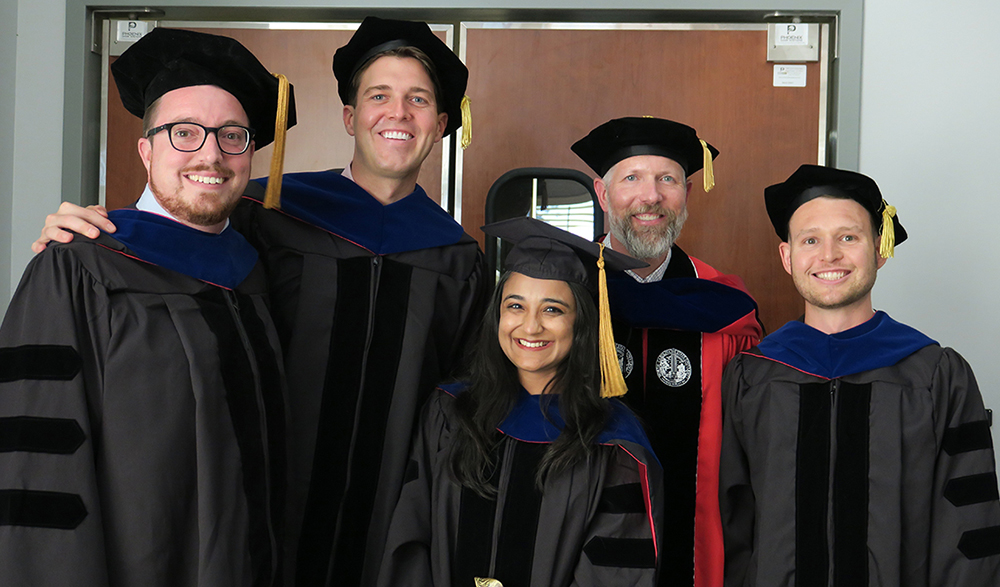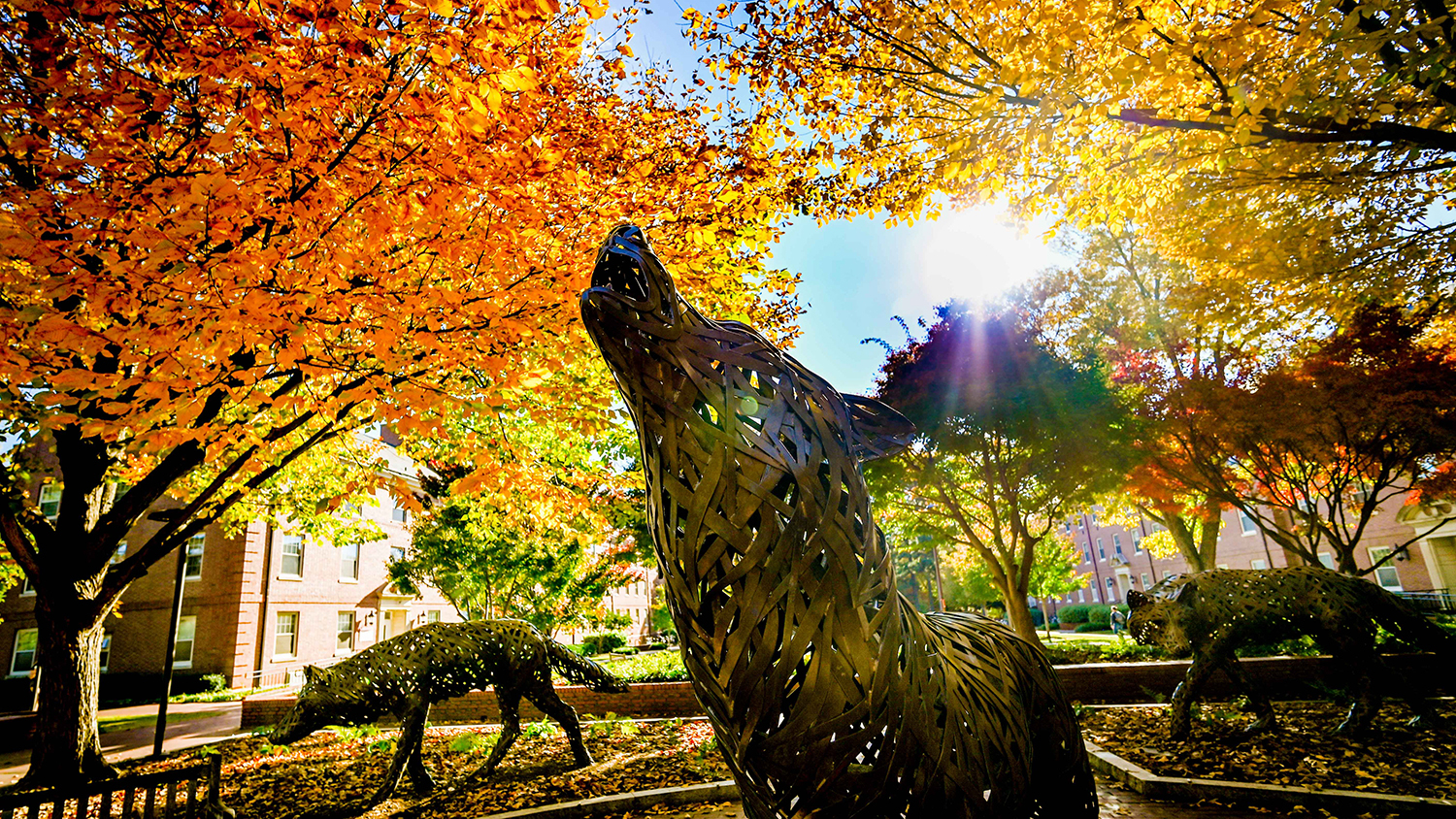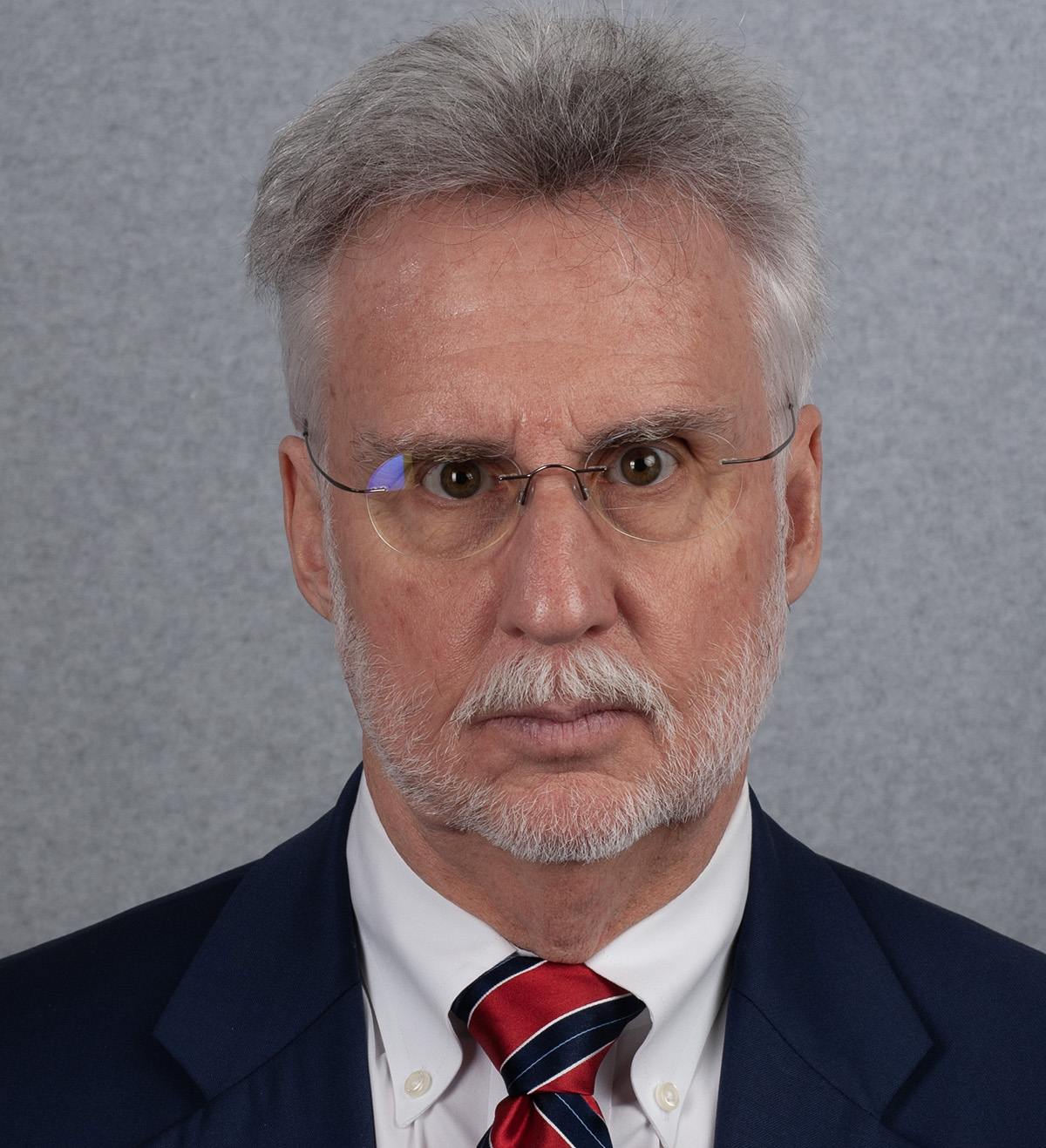Faculty Spotlight: Graham Ambrose

“How do you help communities come together to make decisions that will help the people in that community?”
That’s a question Graham Ambrose, assistant professor of Public Administration, has been exploring for years, and what he found in his investigations surprised him.
“There are a lot of standards that we talk about in theory when it comes to collaborative governance,” he explained. “To treat everyone equally and address power imbalances. To have a willingness to negotiate. But is there a difference between who is identified to be at the table and who actually shows up at the meetings? Are there some in the room whose priorities will be acknowledged over others? And, if a participant engages in conflict, does this mean that their interests are more or less likely to get advanced?”
In his experience, many of the hidden dynamics in these types of situations can skew outcomes so that the collaborations aren’t producing the desired results.
“Collaborative governance is good for a lot of reasons,” he said. “But just because it’s opened up to all interested parties doesn’t necessarily make it fairer to everyone or improve the outcomes.”
“What makes good collaborative governance?” may seem like an academic question, but it’s a research area that naturally evolved from Dr. Ambrose’s real-world experience. It all began when he was partnering with farmers who were trying to improve their food system.
He started his career in a far different field.
“I really loved science in high school,” he explained. “I ended up randomly finding a career called agronomy, which is about plant breeding and genetics. I loved it because it allowed me to do science and still be outside.”
Outside of his studies, he interned in the summer at a farmers market farm, some cattle ranches, as well as visited his friend’s 3,000-acre corn and soybean farm and commercial hog operation to understand how the theories he was learning actually played out when they were applied.
“I made a lot of friends,” he said, “But the most interesting thing I learned was that doing the ‘hard’ science wasn’t the whole picture. Farmers would tell me that they’d love to try a new method of farming or an idea, but the regulations and systems in place prohibited them from trying them. Even when pathways for change existed, social or community pressure sometimes kept them from changing. So, I recognized that the science that I went to school for was important, but just as vital to the equation of successful farming were policy and governance.”
In addition, farmers weren’t the only stakeholders in the policy decision-making process.
Are there ways to promote greater inclusion that lead to practical changes to those being included?
“When it comes to our food systems and creating policy, we have to think in terms of cradle-to-the-grave approach: all the things that need to happen even before the farmers plant their crops,” he explained. “The growing, harvesting, selling, preparing, eating, recycling and then disposal of food waste – a huge ensemble of people are involved. To bring everyone to the table, that’s fine – but a farmer needing higher prices to be able to pay their workers and earn a living wage goes directly against the customers who want cheaper food — not everyone can afford a $5 tomato.”
He realized that academia could sometimes be too far out from the process to understand the complexities and “hairiness” of these types of real-world problems. He also realized that he wasn’t as intrigued with genetics as he was in exploring and solving the more fascinating real-life “wicked problems”, so he changed his career path from plant science to public administration.
It’s been a path that has proved rewarding not just because of the research, but because of the important lessons he’s gleaned in the field.
In one instance, he was working at a policy food council of nonprofits who were trying to help a group of immigrants who were selling from stalls at the local farmers market. The council made all kinds of plans for efforts to help, when, at the end of the sessions, a non-member of the council raised their hand and asked, “Has anyone asked the immigrants if this is the help that they actually want? Maybe they don’t want to be farmers in the long run.”
The second story happened while he was getting his master’s degree in science, technology and environmental policy when he was at the University of Minnesota.
“I was super excited about measurement,” he said. “A consultant I was working with was doing all of this work that the food council was paying her for. She asked the group of collaborators what their goals and priorities were for the project.
“Then came the replies — all the usual buzzwords,” he said. ‘We want to support family farms.’ ‘We want to support local farmers.’ “
It was then he raised his hand.
“What do you mean by ‘family farm’?” he asked. “I know some who have a two-acre family farm, and another who has a 5,000-acre family farm.”
It is these types of disconnects he wants to find ways of amending,
“What are we getting out of inclusion?” he asked. “Are there ways to promote greater inclusion that lead to practical changes to those being included? Can we be inclusive and make the most of the inherent conflict? While research and theory do help, we need to understand the current limitations as well. We need good data and information to help communities make the best choices.”
At NC State, Dr. Ambrose teaches Public Policy Process, Public Policy Analysis, and Ph.D. Methods courses.
“Public administration is a terminal degree,” he noted. “Far too often, it can feel like we’re having students read theory for the sake of reading theory. That’s why I like to have my students give me an example of where the theory actually plays out in the real world or explain to me why this theory doesn’t work correctly in their domain of interest.”
He is an affiliate faculty of NC State’s Genetic Engineering and Society Center as well as a research affiliate for the Center for Policy Design and Governance at Syracuse University. His research also uses advanced technology to evaluate effective policy outcomes.
He sees new technology as formidable tools to help examine collaborative efforts. He pointed out that natural language processing and Python packages he is developing can help researchers evaluate and measure publicly available documents to build new datasets as well as greatly enhance the capacity to investigate and measure efforts towards effective collaboration.
Even if the path seems difficult or unknown, he has learned the importance of asking the questions anyway. He recalls an important meeting with his mentor during his master’s program at the University of Minnesota.
“Late one night, we were trying to figure out the emotional well-being of the people engaging in community gardening, and I said in exasperation, ‘But there are no other papers measuring this.’”
He never forgot her reply.
“She said to me, ‘Just because no one else is doing it, doesn’t mean we can’t.’”
That moment opened up a door for him.
“To me, that’s the coolest thing about research,” he said. “I really do feel it’s a creative outlet for me. To ask, what is the craziest thing I can dream up that I would love to find answers about? If no one has done it before, can I do it in a way that is measured robustly and rooted in theory? That kind of problem solving is really exciting to me.”
- Categories:


